The KonMari Method: 7 Lessons That Changed My Life

Today, I'm excited to dive into a topic that has profoundly impacted my life: the life-changing magic of tidying up, as revealed in the KonMari method.
This method is from Marie Kondo's book about tidying and putting your house in order. This post is about the wisdom I gained from her book and how I've incorporated her tidying principles into my journey.
Around three years ago, I stumbled upon Marie Kondo's book – well, to be honest, I listened to it as an audiobook. The idea of sparking joy and the minimalist lifestyle she advocated resonated deeply with me.
Now, I thought it would be wonderful to share what I've learned from her teachings, what stuck with me, and what didn't, and share all the ins and outs that I think are useful.
Because I didn't want to miss out important information, I listened to the audiobook again last week. It really touched the minimalism nerd in me.
The basics of the KonMari method
Before we explore the nitty-gritty of Marie Kondo's method, let's get the basics covered.
For those of you who might be new to this concept, Marie Kondo's approach to tidying revolves around the idea that decluttering and organizing your living space can have transformative effects on your life.
The most basic rule from the book is that you first need to declutter before you can organize your stuff!
She says you only have to declutter thoroughly all in one go once in your life. After that, you just have to maintain your house, and keep it in order.
Because doing a really big declutter has a life-changing effect, there will be no rebound if you follow her method. The core principle is to declutter by category and keep only items that "spark joy."
Marie emphasizes that this comprehensive tidying should be done all at once, a one-time life-changing event. The result? A beautifully organized living space that's easier to maintain, with little to no chance of relapsing into clutter.
Initially, I was too scared to declutter everything in one go. I was scared of regretting things, mostly sentimental items or things I'd gotten as a gift.
In the book, Marie Kondo says that your house should be for the person you are becoming now and not for the person you were in the past. She says that there are usually two reasons why people are not able to let go of stuff. One is an attachment to the past, and the second is anxiety about the future.
For me, it was often about my attachment to the past. It feels really great and freeing to let it go. She also says, and I really agree with it, that it will give you confidence in your decision-making abilities. So when you have tidied your space and have it in order, it will be easier to make other decisions in your life, and you will have more confidence in making those decisions.
The KonMari method involves categorizing your belongings and tackling them systematically. Here's the order: clothes, books, papers, kimono (miscellaneous), and lastly, sentimental items. When you declutter, you have to put everything from that category in a big pile.
1. Clothes
Marie's iconic advice here is to gather all your clothes in one place and take it from there. You put all your clothing in one pile. Then you hold every item you own, and you decide if it makes you feel happy, if it sparks joy.
If it does, you can keep it. If it doesn't, you have to throw it away.
She says it's important to go in the right order because of the level of difficulty. The process involves holding each item and determining whether it "sparks joy."
It was in this category that I truly embraced her philosophy. The simple act of folding clothes in a way that lets me see every item is a game-changer.
No longer do I struggle with wrinkles or the frustration of never touching the clothes at the bottom of the pile. And yes, I fold socks now – no more sock balls for me!
2. Books
I'm not much of a book person, so this category was relatively easy for me. Marie suggests decluttering unread books because, let's face it, the "someday" you'll read them rarely arrives.
If a specific book calls out to you later, you can always repurchase it. If you are willing to spend the money to repurchase a book, then it's likely that you are actually going to read it the second time.
3. Papers
The paper category can quickly spiral into chaos. Marie advises retaining three types: papers you're currently using, those needed for a limited period, and those to keep indefinitely.
She suggests throwing away the manuals of every electric appliance you have because it's likely that you already know how to use it or you can find it on the internet very quickly.
While I didn't follow her method for the latter, I reduced my paper clutter and adopted a more organized system.
4. Kimono (miscellaneous)
The fourth category is kimono, or miscellaneous, which basically is everything else. This is where you deal with various odds and ends.
Marie's guidance encourages a thoughtful evaluation of items that often go unnoticed. The process raised my awareness of unnecessary items cluttering my life. However, letting go of sentimental gifts remains a challenge for me, as I associate them with the intentions of loved ones.
5. Sentimental items
This is the most challenging category. Marie's perspective is incredibly insightful. She encourages us to cherish memories and process the past without being weighed down.
I transformed my childhood keepsakes from dusty boxes to cherished drawer residents. This transition allowed me to honor the past while embracing my present self.
6. Storage
Storage is the key to maintaining your tidied space. Marie advocates for simplicity and storing similar items together. Vertical storage is her preference, and though I embrace it to some extent, I've also realized that stacking has its practicality.
Throughout the process, Marie emphasizes gratitude. Thanking items for their service or memories is a powerful act of mindfulness. This has helped me be more appreciative not only of my belongings but also of life in general.
7. Regret
Marie mentions that you might regret discarding an item up to three times before it truly passes.
Remarkably, I've yet to experience this. Each item I've let go of has never left me longing. The shift towards minimalism has allowed me to focus on what truly matters and given me the confidence to make better decisions beyond tidying up.
KonMari method
This was my KonMari method journey with Marie Kondo's revolutionary tidying method. Are you a Marie Kondo fan? Share your experience in the comments below.
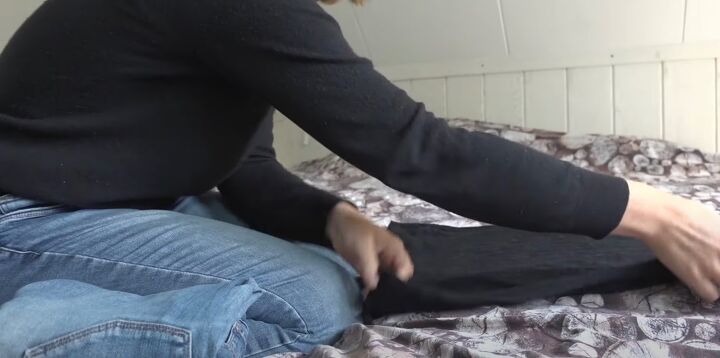



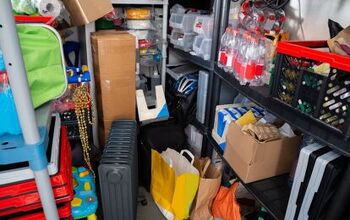


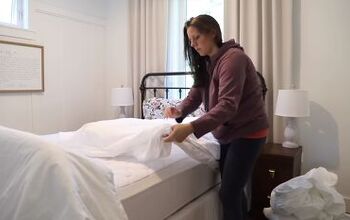
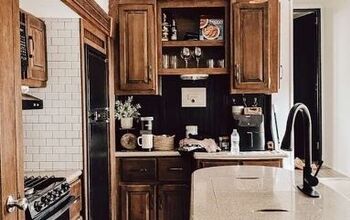
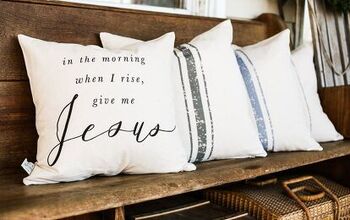
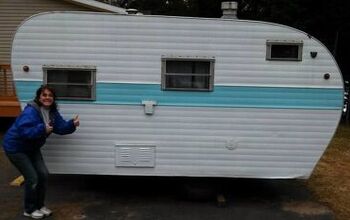



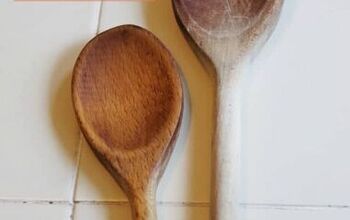
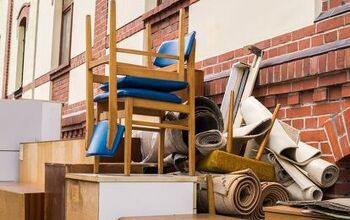
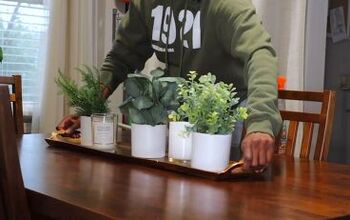
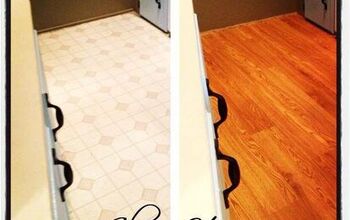

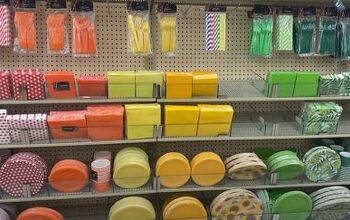


Comments
Join the conversation